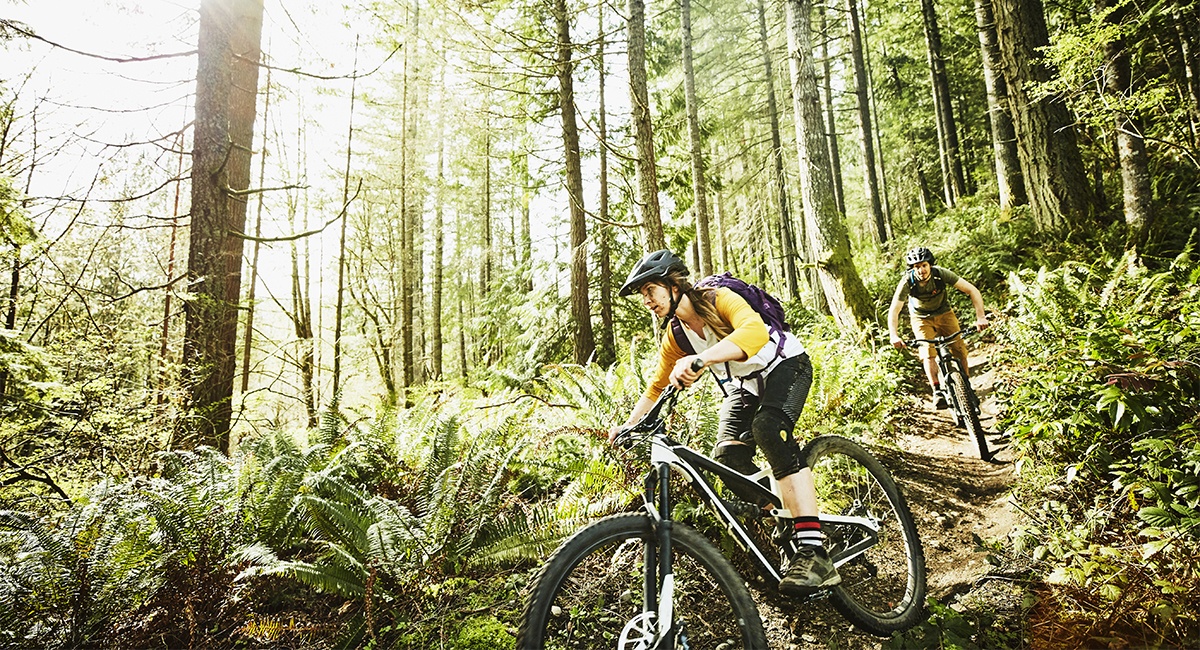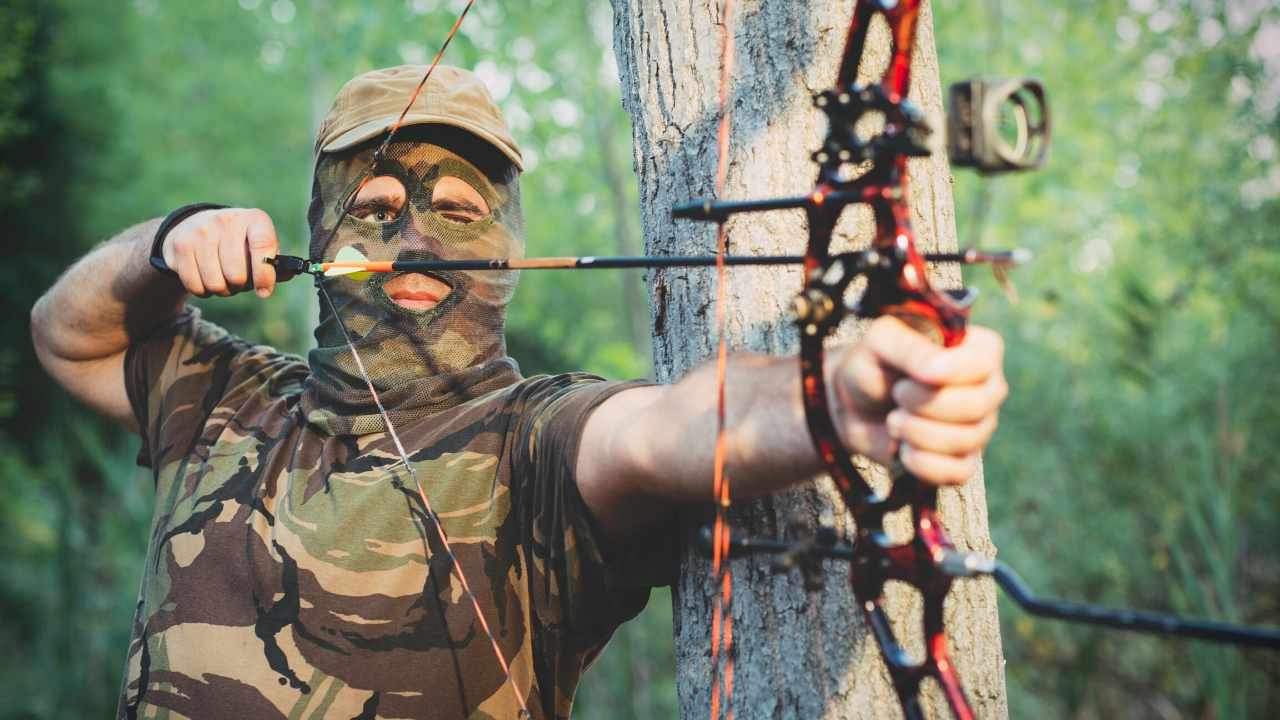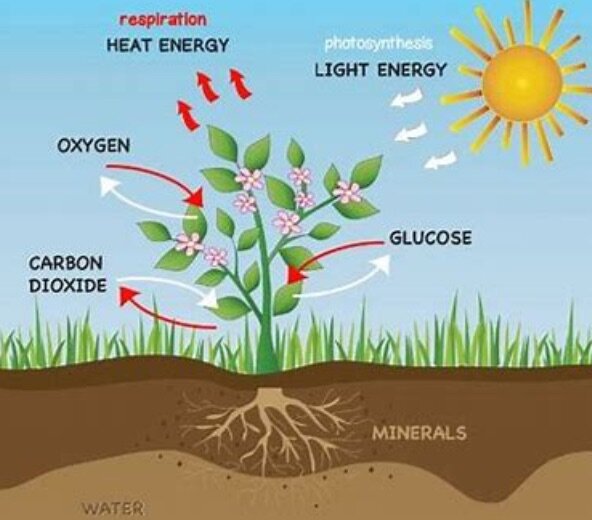
When you're looking for survival plants, consider medicinal and edible plants. These plants will keep you safe from insects and other harmful elements. Many of them are easily grown and harvested. More information is available at Survival Plants and Trees. There are many options available so you can be sure to find what you want. There are many options for creating a successful survival gardening garden, regardless of your preferences. These are some of the best options:
Burdock: The medium-sized plant has a flowerhead that resembles a purplish thistle and is great for survival. While the roots should be boiled or fried, you can also eat leaves and shoots. The leaves can be eaten, even though they have a bitter taste. Make sure you boil the leaves twice. If the taste is not what you are looking for, the stems can be used.

Dandelions: The dandelions are a great source of survival food. Depending on the season and availability of the inner stem, it can be eaten raw or boiled. Watercress roots have bitter taste so wash them well before cooking. Bulrushes are another great option for bedding, and you can even layer them on the outside of your shelter to keep warm. Keep in mind that the more plants you have the warmer you will be.
Survival is about maintaining a comfortable body temperature, no matter if you are new to the wild or an experienced hiker. It's no surprise that many people who live in the wild die of extreme heat and cold. Being in touch and enjoying nature can help you avoid these illnesses and help you eat a healthier lifestyle. It's a win/win situation for everyone.
Fruits are another food source that can supply energy in times of emergency. They are easy to grow and plentiful. It can be hard to differentiate rubus berries from other berries. Vaccinium berries or Ribes berries however are much easier to identify. During the winter, you can harvest pine nuts, which are easy to prepare and store. To open them, you need to expose them to a source of heat. You can cook them on an open flame to prevent them from being damaged.

Dandelion leaves can also be eaten in winter. The leaves can also be used to make tasty teas, but you need to wait until it starts growing before you can actually eat them. You can also eat the flowers, which are edible and can be dried and fermented. Despite its unpleasant taste, dandelion flowers are a very useful and useful plant. Its roots and bark are crucial for survival in nature.
These plants are still extremely useful for survival, despite the fact that they are inexpensive and widely available. They can be eaten as food. The leaves of a dandelion tree are edible, and if you're lucky, you can use the leaves and branches to make a shelter. Consider planting hickory seeds if your survival is at stake. These plants can also produce seeds and grow well.
FAQ
Is it legal to hunt bears Alaskan?
Yes, it is legal to hunt bears in certain areas of Alaska. To capture bears some hunters use traps. Others use dogs or traps to track down bears.
The Alaska Board of Game regulates bear hunter. Before going out in the woods, hunters need to have a bear tags.
Denali National Park Preserve is a popular spot for bear hunting. Some guided hunts are so expensive that tourists can shoot bears with their own guide.
How much does it cost to become a hunter?
Hunting costs can vary depending upon where you live.
In certain areas, you might only need to pay an entry fee to get access to public lands.
Some states require licenses and permits before you can hunt.
The type of firearm used will affect the price of hunting. A rifle usually costs more than a shotgun.
A license cost can be between $10-$50. You might need to buy additional tags depending upon how many hunt days you want.
A permit is required to hunt certain species. The size and type of animal you are hunting will impact the cost of your purchase.
If you want to hunt wild turkeys, you will need to pay up to $150 per tag.
What kind of training should I get to hunt? How long does it take?
An introduction course is necessary to learn how hunting works. This course will help you learn about different game types and the laws that surround hunting.
You will learn how to properly handle firearms and ammunition. These items can also be used safely.
The course can last anywhere from 2 weeks to 3 months. Some courses can also be done online. Other courses are available in person.
A written test must be passed to become eligible for a licence. A hunter education course may also be required.
How much does it cost for me to become licensed? What happens if I don’t have enough money to pay for licensing?
The cost of getting licensed varies depending on the state you live in. It costs between $20 and $100.
If you do not have enough money, you may be able to apply for a loan or grant.
A tag must be purchased in addition to the hunting fee. Prices vary depending on which type of game is being hunted.
Tags are available to deer, elks and bears as well waterfowl, upland bird, and furbearers (like foxes).
Some states require you to register with the Department of Natural Resources before you can obtain a license.
To ensure that you comply with all regulations, it is important to check the local laws before you start hunting.
Statistics
- Less than 1% of Hawaii's population has a hunting license. (stacker.com)
- - Percent of residents with paid hunting licenses: 0.7%- (stacker.com)
- Thanks to the 1937 Pittman-Robertson Act, an 11% excise tax was placed on the sale of firearms, which were then used for conservation. (stacker.com)
- Licenses dropped from a peak of roughly 17 million in the 1980s to 15 million in 2019, according to The Seattle Times. (stacker.com)
External Links
How To
How to pick the best hunting spots in the forest
First, you need to decide what kind and type of game to hunt when hunting. There are different types of animals and birds that live in forests and they all have their own habitat requirements, so if you don't know which type of animal you would like to hunt, you won't find any place where you can successfully catch them.
There are two major types of forest animals: small and large mammals. Deer, elks, mooses, caribous, bears, wild boars, and wolves are all examples of large mammals. Squirrels, rabbits, squirrels and hares are some of the small animals. Each species requires its own specific habitat, so you must choose the right location before going out into the woods. You can find information about endangered species within your locality by visiting the flora or fauna list. If you're planning to hunt a certain species, make sure that the area you plan to go to is safe from poaching.
Knowing how to properly setup your equipment is essential if you plan to hunt a particular animal. You can greatly impact your success rate by using the right equipment. If you are hunting rabbits, for example, you will need a gun capable of accurately shooting at close range. However, if your goal is to hunt larger animals like deer or elk, you will need a rifle that can shoot long distances. A bait is also necessary to attract the prey. Some people suggest placing meat in a trap to attract the animal. Others prefer corn butter or peanut butter. No matter what method you use, you must adhere to the laws and regulations in the country you are hunting.
When choosing a hunting spot, you'll need to consider several factors including the weather conditions, terrain, vegetation, wildlife population, and accessibility. Safety is the most important thing when hunting. Choose a location that is safe from predators and dangerous wildlife. You should avoid areas with high populations, especially during hunting season. You should also take note of the seasons when hunting because this will help you determine the best times to hunt.
Weather is an important factor when hunting. This is very important because it determines the number of animals that will be around. When temperatures drop below zero Celsius, snow covers the ground. Snow can make it difficult to locate deer, bears or wolves. If you have a clear day, however, you may be able to spot these animals. However, summer temperatures reach above 30°C and the sun warms earth. It is easier for animals to find shelter from the heat, as they move away from it.
It is important to consider the terrain. It is easier to walk or run on a flat surface, but it can be difficult to do so on uneven surfaces. Steep slopes are more difficult to climb. Rivers and streams can also cause muddy trails. Make sure you find a place with no obstacles so it is easy to travel around.
The vegetation should be considered as well. The environment can affect the size and density of plants. Smaller animals will benefit from shade and shelter provided by large trees, while smaller animals will be sheltered and protected by shrubs and bushes. Dense vegetation will help you find large animals.
You should also be aware of the wildlife. Statisticians estimate that North America has more than 100 million deer. They eat nearly half of all food produced by crops and are essential to maintaining biodiversity. But if they grow too large, they can become pests and cause damage to the ecosystem. Therefore, it is vital to keep the population balanced.